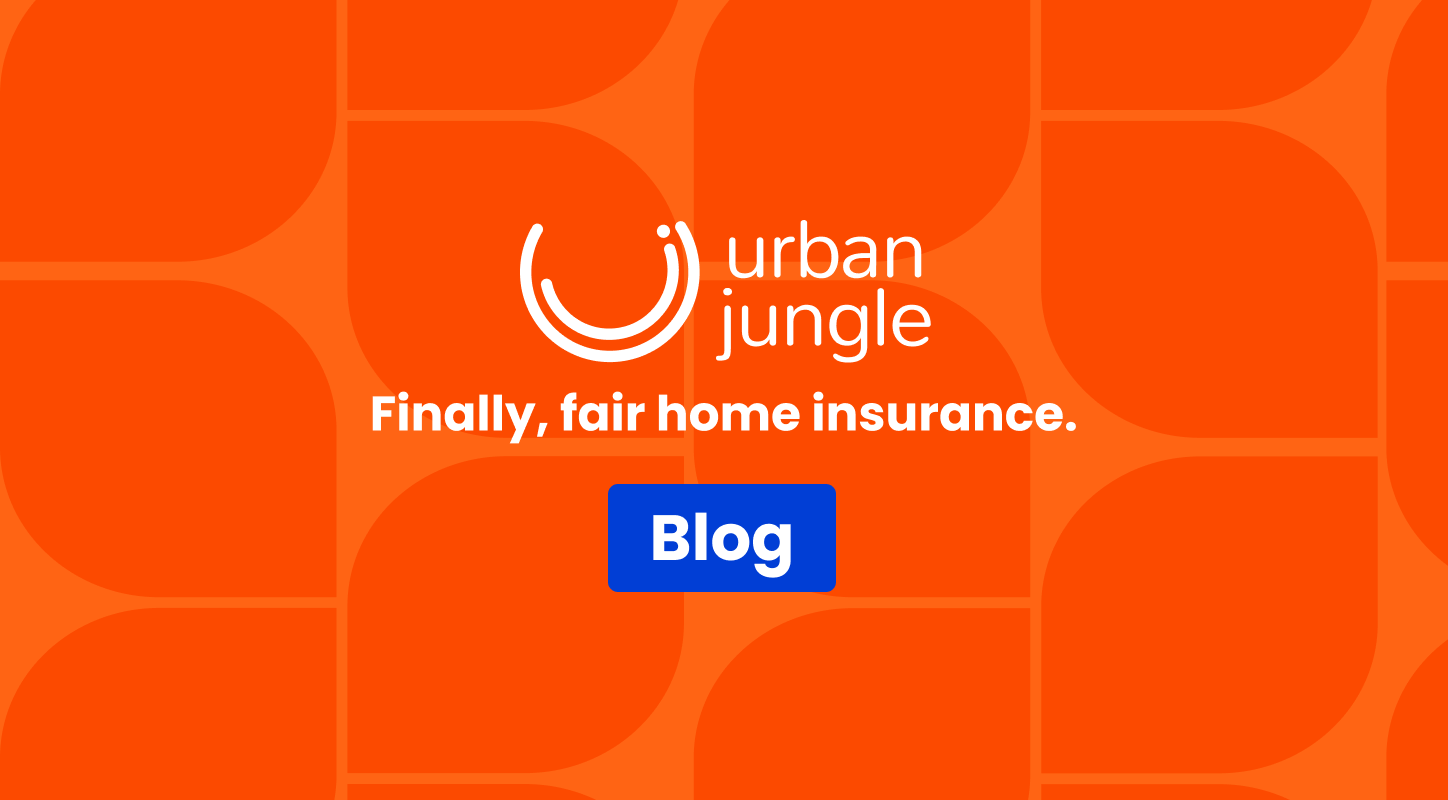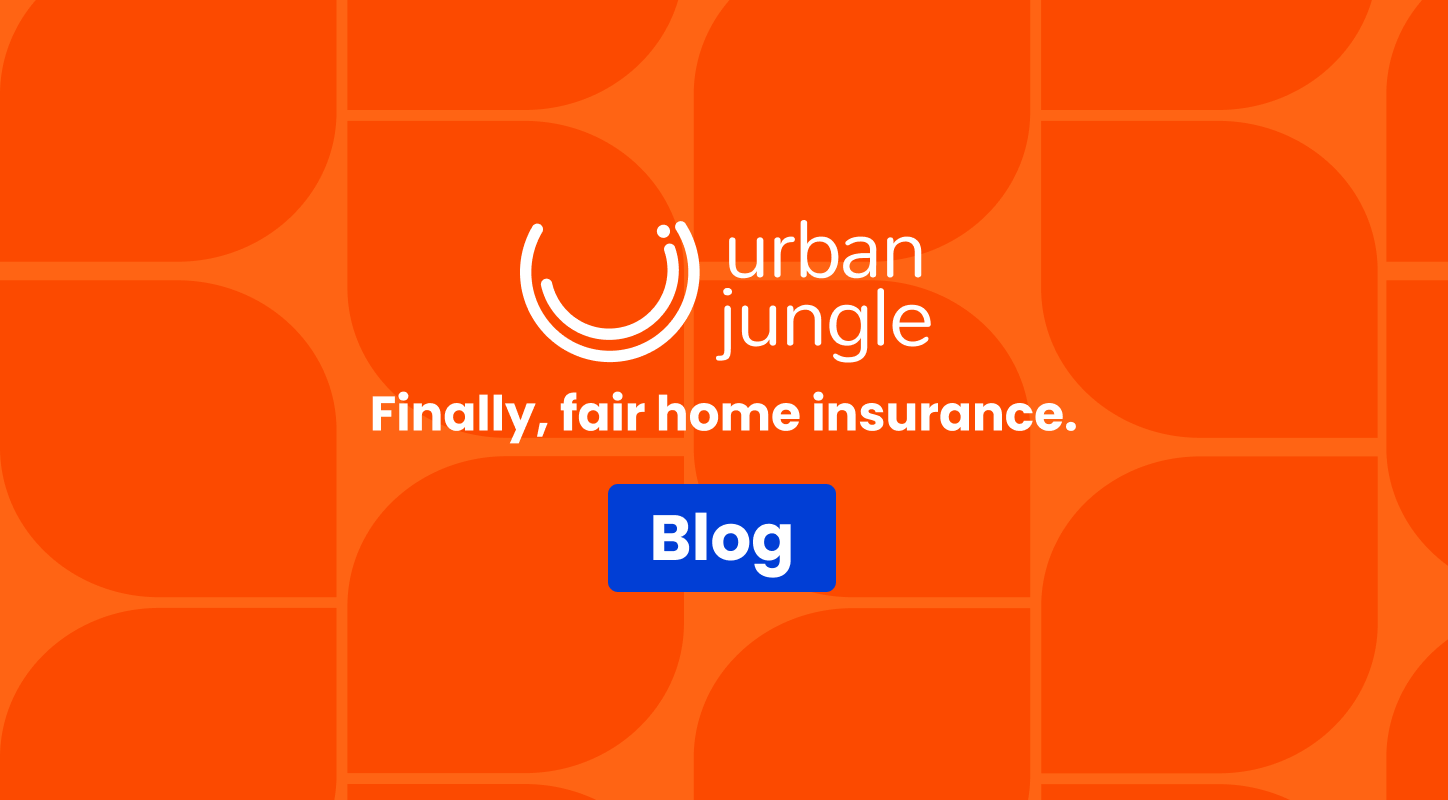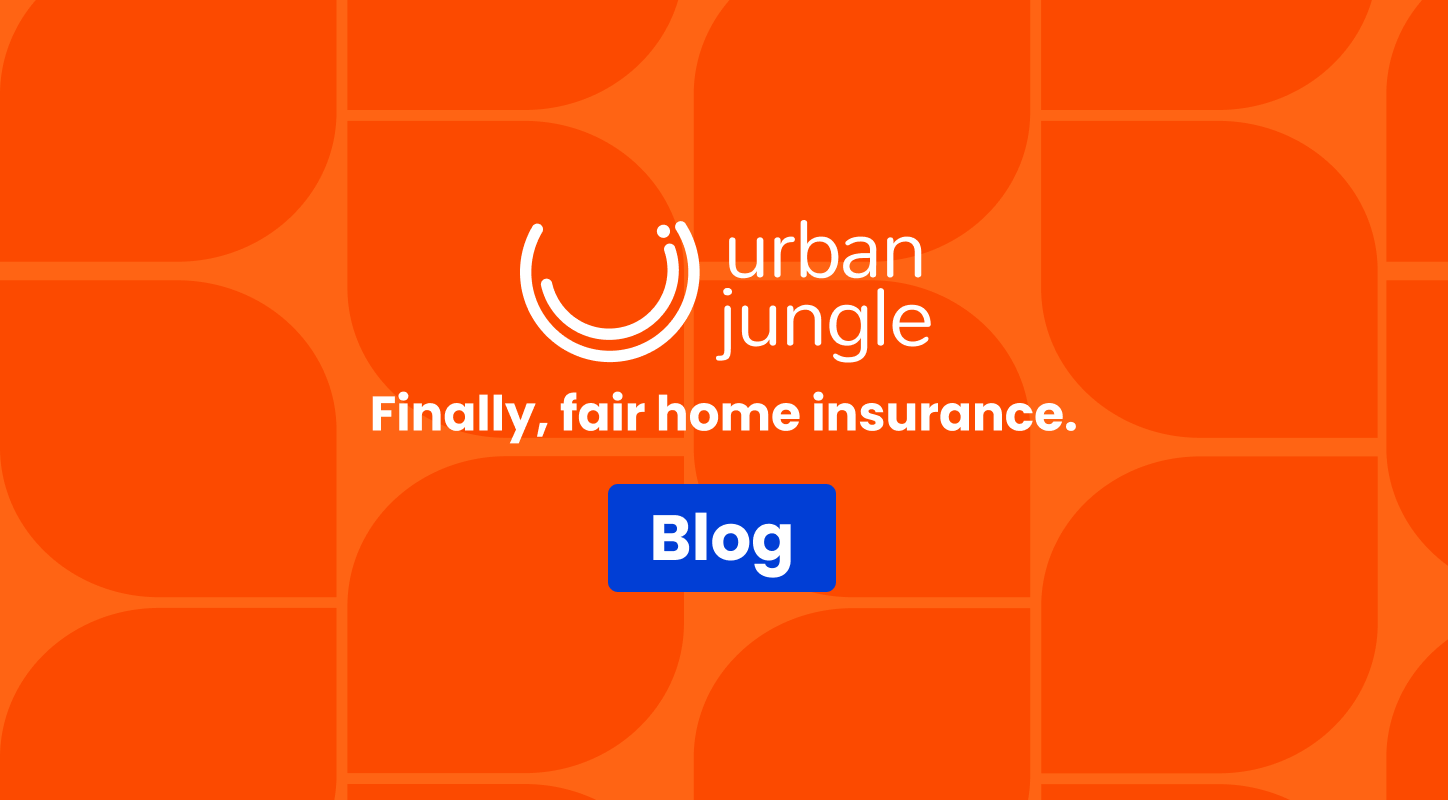Zero to launch in six weeks- a minimum loveable product

How we launched a product in 6 weeks and what we learnt!
In 2016 there were roughly 11 million private renters in the UK, with that figure looking to rise to a quarter of UK households by 2021. If you’re a private renter in a property managed by a major letting agent, the chances are that you will have been told to get Tenants Liability Insurance (TLI) before signing the dotted line.
In line with Urban Jungle’s mission to build an insurance provider that our customers love, we believed that by offering Tenants Liability Insurance ourselves, we could help renters in two ways:
1. Provide great cover, cheaper
Renters resent being forced to buy TLI, particularly when it costs so much. As a lean, online provider, we were confident that we could offer a much better purchase experience, at a lower cost, and pass on the savings.
2. Delivering great user experience
Buying TLI online can be a real pain; users are often made to answer way more questions than are necessary, only to discover there are surprise add-ons. On top of this, the T’s and C’s tend to be unclear and any claims or changes can take days.
We knew buying TLI could be done on one page, with fewer than 10 questions and in under 2 minutes. Imagine a world where you can manage your policy online; where documents are readily available and queries are dealt with immediately.

With this in mind, we set ourselves the goal of launching UJ Tenants Liability Insurance in 6 weeks.
6 weeks is a punchy target in an industry steeped in regulatory requirements where companies are used to moving at a pace which can only be described as glacial. However, (one of) our mission is to set a new pace in this arena and we had to start with ourselves.
This blog, the third in our Urban Jungle series on the tech we’re building, focuses on the latter (delivering great user experience) and shares our work as a team in the design and build of the purchase journey. Specifically:
- Journey / Process / Tools — How we did it
- Lessons Learned — what went well and what we’d do differently
1. JOURNEY / PROCESS / TOOLS — HOW WE DID IT
Scope out the Minimum Loveable Product
Having set ourselves the task of delivering a great product, through a purchase experience our users would love, in the minimum time possible, we had to be clear as to what needed to be done up front. This was no beta launch; we were going straight for alpha.
This meant articulating the minimum functionality for selling a Tenants Liability Insurance policy; designing what this looked like on the front end, mapping out changes needed in the backend, and planning how the whole journey fit within the tech architecture.
Set roles
As our team grows, we are trying to move from a set up where everyone works on the same thing, to having clearer division on roles and responsibilities, but also still working together very closely. After agreeing the appropriate scope for our 6 week target, we divided up responsibilities’
We used Asana as a project management tool for chunking up tasks and measuring progress
Communication
We set up a cross-functional team including key non-tech stakeholders and held bi-weekly check-ins which increased in frequency once we got closer to launch. In these meetings we would share our progress, as well as get updates on the commercial and operational streams of the product, ensuring we always saw the bigger picture.
Outside of this, the tech team had weekly engineering meetings, weekly one-to-ones, and would sit next to each other.
Continuous review in Development
All of our code is peer reviewed before merging, and a dev build is released for internal testing on desktop and mobile before the public launch.
In general, there’s always a work in progress on the dev environment with the latest version of the platform. This allows the broader team and some external beta testers to play with our latest ideas and give us immediate UX feedback.
Debrief
We collected our thoughts and shared our experience with the team shortly after the public launch. We’ve then been proactive about taking the lessons learned from this debrief to adjust the way we work going forward (see below).
Bonus step : The follow through
Delivering a truly great product, requires real feedback. As quickly as the sales came in, so did customer queries.
As well as using Hotjar and Google Analytics to measure user behaviour on the website, all of us at Urban Jungle – from the CEO to software engineers – take shifts on customer service manning the chat and taking phone calls. Based on these conversations that we have with our users, we quickly find out what matters; whether it’s making errors on the page clearer or providing the ability to access documents straightaway and send them to a third party.
Adding these updates and features quickly post launch has been key to the product’s success. It’s been super satisfying to see the subject of customer service calls turn into raving reviews on Trustpilot.
2. LESSONS LEARNED
What worked well
Speed
It was great to set ourselves a punchy target and even better that we met it.
Wireframes
We invested the time up front on building visual wireframes; they’re great for making sure both product owners and developers are on the same page and forms the basis for discussion. It’s also useful for backend services as you talk about functionality and how they would be implemented.
We also created a diagram of our tech stack to outline the work that needed to be done in each part which the non-technical team members found useful.
There are a lot of shiny tools for drawing wireframes, however, we simply used powerpoint / google slides.
Clean code base
Having taken the time to clean up the code base in the rewrite of our website 6 months ago, the dividends are starting to pay off. The modularity of components meant they were easy to reuse and the integration of additional services straightforward.
External tools
Leveraging products from other providers, such as instapages to create landing pages, meant we could use our resources on building things which added the most value.
What we’d do differently
Smaller chunking
Having built the journey, we wanted our customers to be able to access their documents online right away as a matter of course.
However, we underestimated the amount of work involved as it effectively became a redesign of the online account management section of the website.
Now that we had more than one product, we wanted to design the section so that it could handle customers for not just two products, but thinking ahead, multiple products. This involved rethinking the way we structured our data objects and APIs for calling the data from the backend to be “dumber” or less specific.
This meant we launched the Tenants Liability Insurance product without the account management capability in favour of releasing a more stable version of the section a few days later.
More frequent standups
Ideally, we would have made the above decision to delay the account management feature earlier in the process. Where we sit next to each other and have regular meetings it’s easy to assume everyone knows what everyone else is doing and is thinking the same thing. More frequent standups could help us be more iterative on what should be in the MLP and what could wait until post launch in the future.
Get multiple versions onto dev earlier
At Urban Jungle, we are all committed to testing and attempting to break every version which is posted to our dev site, effectively treating it as a draft, or “soft”, production release.
What this means is that the target dev launch date got set very close to the target prod (hard) launch date, leaving little room to manoeuvre if something unexpected comes up.
Bearing in mind that most of the time, a product actually takes a number of pieces and ends to come together in order to get a working version onto dev, the lesson is to bear this in mind and setting a wider breathing space between dev and prod targets so that we can include more iterative loops, as well as getting feedback on local versions from other members of the team earlier.
All in all, the project was a win — we got a new product on the shelf in 6 weeks and it has already been very successful.
While it’s grand that sales (as well as our tech refinements) are continuing to grow very quickly, the greatest reward for the team has been the overwhelmingly positive feedback on the user experience and value of the product… and the fact that customers took the time to write glowing reviews on Trustpilot ♥
Watch this space for new features, give us a clap or get in touch with your thoughts. Urban Jungle would love to hear from you!
Urban Jungle is a home insurance business, specialising in renters and sharers. We’re using technology to make insurance better for young people.





